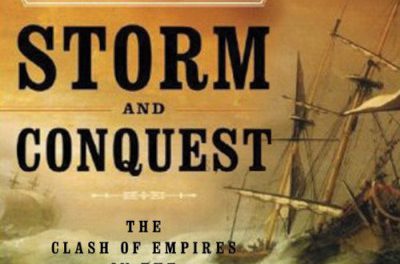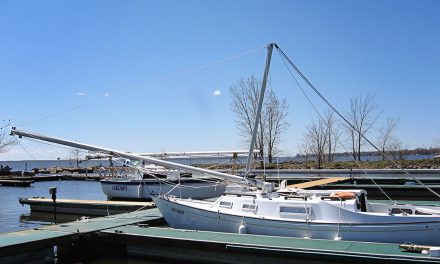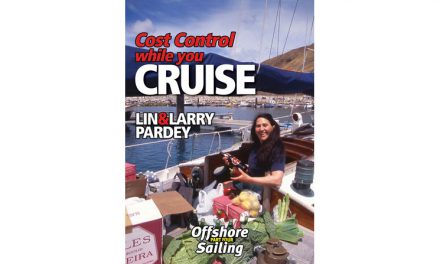After going through this book, almost page by page, I have decided that a much better name for it would have been the “Mariner’s Encyclopedia.” Its 544 well-illustrated pages are, truly, that complete and contain so much more than just a simple guide. It will prove an invaluable reference and a great source of information on all aspects of cruising for the newcomer to sailing as well as for the experienced coastal cruiser who is considering venturing offshore and dreaming of blue water and distant ports.
The author, Priscilla Travis, is the holder of a USCG 100 Ton Master’s License and a sailor with over 35 years experience. During those years she has logged over 85,000 nm at sea, with over 4,000 nm of those as solo skipper of 33- and 42-foot sailboats. Priscilla and I have kept in contact since 1988 when I began work on the design of her 42-foot cutter, Nomad. Since Nomad’s launching in the early ’90s Priscilla has sailedfrom her home in New Jersey to Nova Scotia, Newfoundland, and Labrador several times, crossed the Atlantic at high latitudes to Scotland, circumnavigated England, Scotland and Ireland, crossed the North Sea and made three trips above the Arctic Circle. And, although she does not mention it, there is a photo of Nomad on page 332 for the curious.
With that wealth of experience behind her, Priscilla created this guide with all the subjects arranged alphabetically from “Abbreviations” to “Z” (zulu time) and everything in between. For example, “heave to, heaving to, hove to (adj.) –stopping the boat at sea under sail with the JIB ABACK so that most forward progress is halted.” This section then goes on to explain how to heave to, adjust the helm, and position the sails to get the boat to lie quietly. It then, wisely, suggests practicing in both light winds and rough conditions before you need to heave to in order to ride out a severe storm.
The book concludes with an extremely thorough 50-page bibliography containing information on books, equipment, websites, organizations, weather, etc., and finishes with a 30-page index of the topics covered, so you can look up what to do if you have a runaway diesel!
Of course, nothing is perfect and the photo of a cleat on page 96 shows a proper cleat hitch, fine for securing the vessel to a dock. However, my old friend and mentor, Bill Luders, would never allow us to use a cleat hitch on a jib or mainsheet as it could jam and be difficult to undo in an emergency or in the dark. Also, I have to chide Priscilla for using the term “cutter ketch” to describe the lovely old yacht on page 228. A cutter has one mast and a ketch has two, so the old-timer is simply a ketch, although many would use the more descriptive term, “double headsail ketch.”
But, enough nitpicking. This is a wonderfully complete book on sailing and cruising that will educate and entertain the neophyte and the old hand, as well as serving as a great reference work both aboard your yacht and in your home library.
Mariner’s Guide To Nautical Information By Priscilla Travis (Schiffer Publishing, LTD., 2011; 544 PAGES;)




